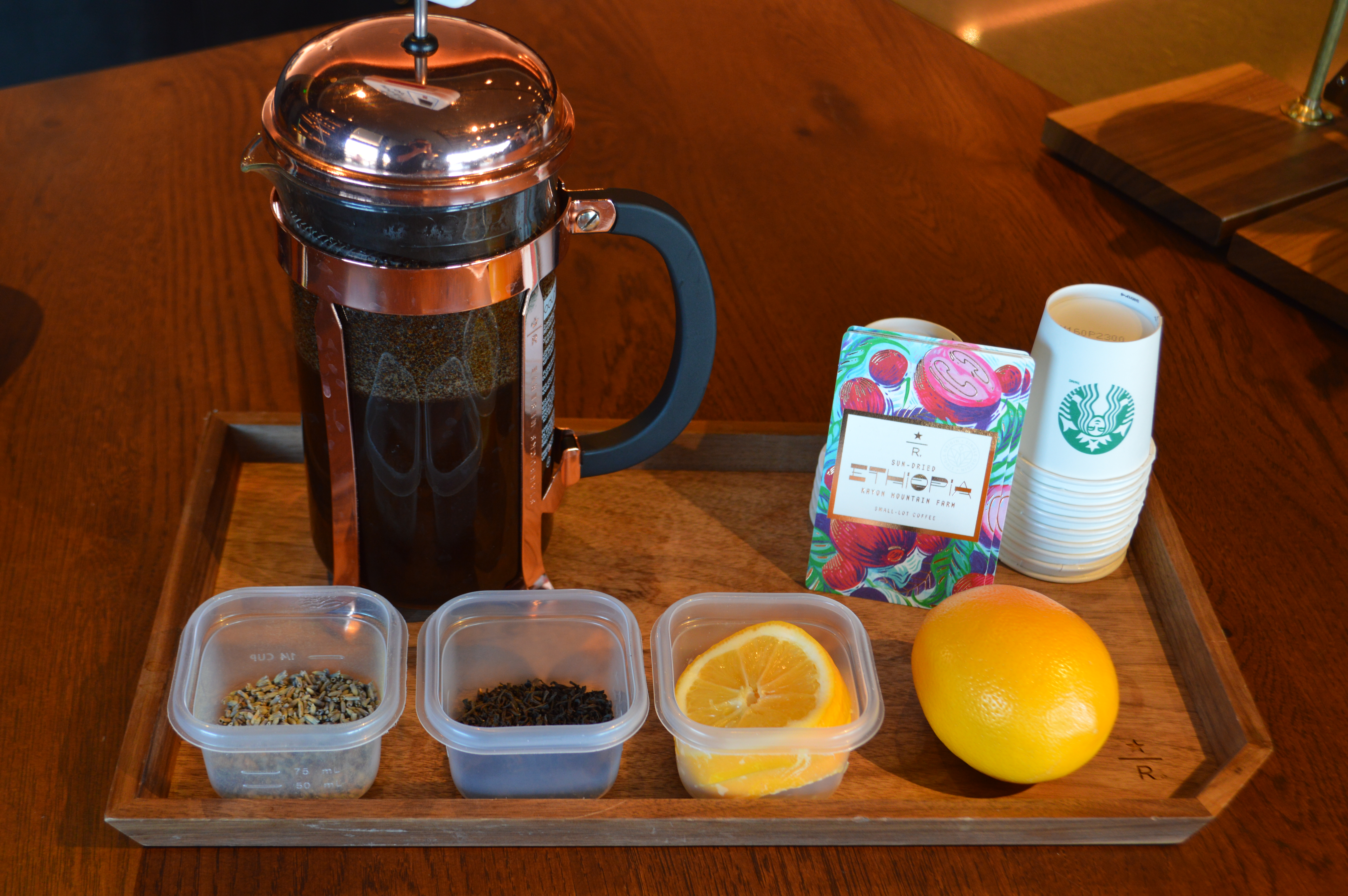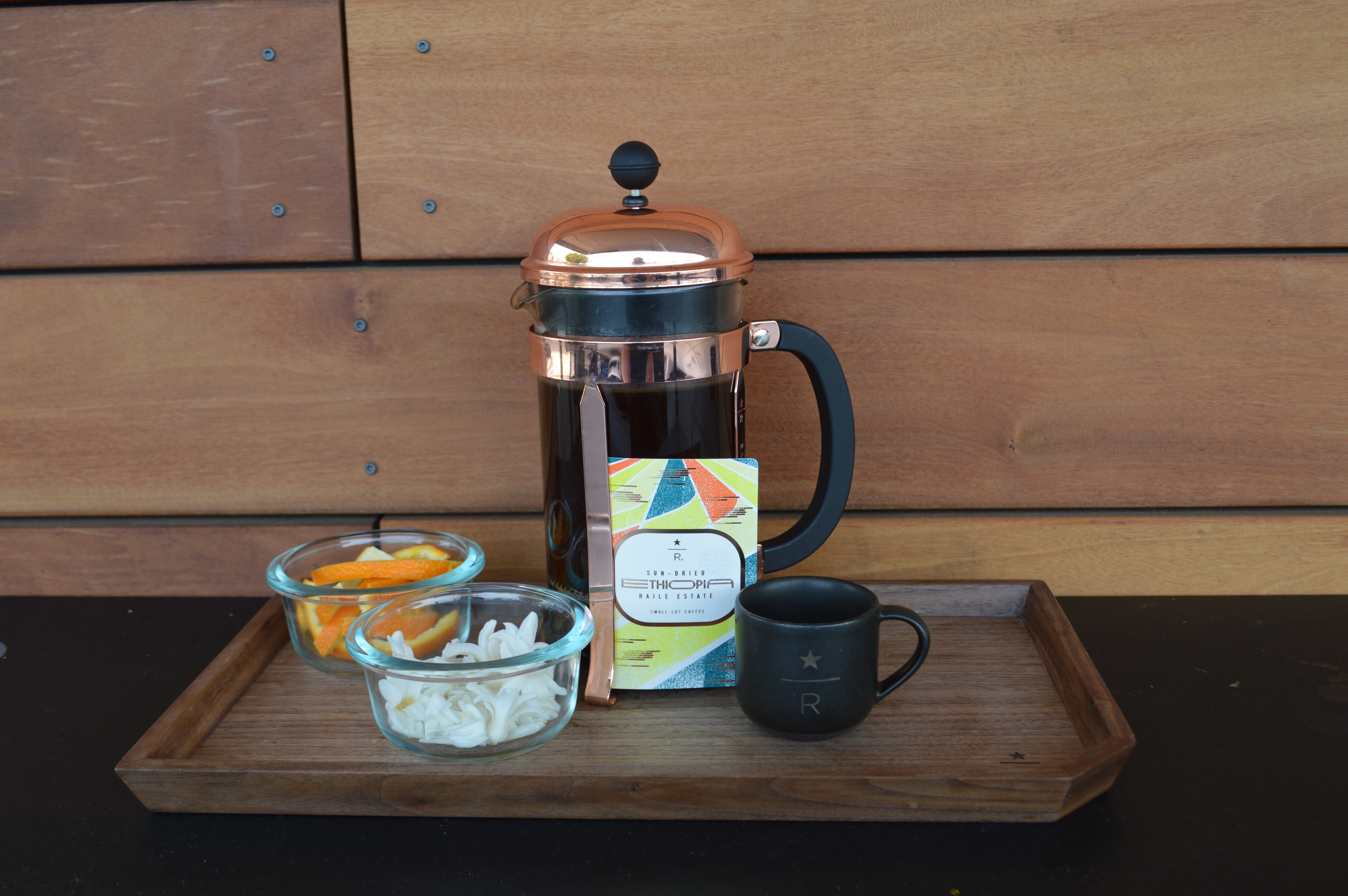Natural, dry, or sun-dried are all ways to describe the same processing method. The green coffee bean is left in the coffee cherry on drying mats, patios, or beds. Once the coffee is dried, the cherry is removed from the coffee beans mechanically with water, or by hand. This is the oldest coffee processing method and is highly debated about in the specialty coffee community.
If the coffee beans are left in the wet fruit for too long the fruit will start to mold, or ferment. This causes the coffee beans to have a sour, spoiled, and yeast like taste. If the coffee cherries are not turned regularly in the drying process the same problems will occur. The almost constant need for turning and caring for the coffee leads to this being a fairly expensive method when executed properly. The debate centers around two main ideas: The first being that if you are going to invest the time and money in to the natural drying process of coffee one should produce high quality coffee. The other is based on a few coffee professionals believing that the resulting flavor profile is not true to the coffee. The natural drying process is easy to bungle, and generally reserved for lower quality coffees as a result.
That being said I personally have had great experiences with natural processed coffees. Sun-dried coffees have been featured heavily by Starbucks in the recent seasons which has given me the opportunity to learn more about it.
The characteristics of natural process tend to take on a more berry like note and powerful aromas because the green coffee beans are absorbing the juices from the coffee cherry itself. In two of my recent coffee seminars I focused on sun-dried coffees. I brought a make shift aroma lab in to the store to highlight the aroma of each coffee. This helps the participants identify what it is they are smelling when they smell their coffees.
The first coffee we tasted was sun-dried Ethiopia Kayon Mountain Farm. This coffee had hints of black tea, lavender, and meyer lemon. For those of you who do not know what a meyer lemon is, it is a cross between a lemon and a mandarin orange.
The second coffee we tasted was sun-dried Ethiopia Haile Estate. This coffee had notes of orange peel, candied citrus, and floral aromas. For this tasting, I set up containers of fresh orange peel, and hyacinth flowers.
In my opinion, a natural dried coffee has the potential to yield a really great cup of coffee. With great care taken by the growers, sources, roasters, and you, the finished product is worth the hassle.